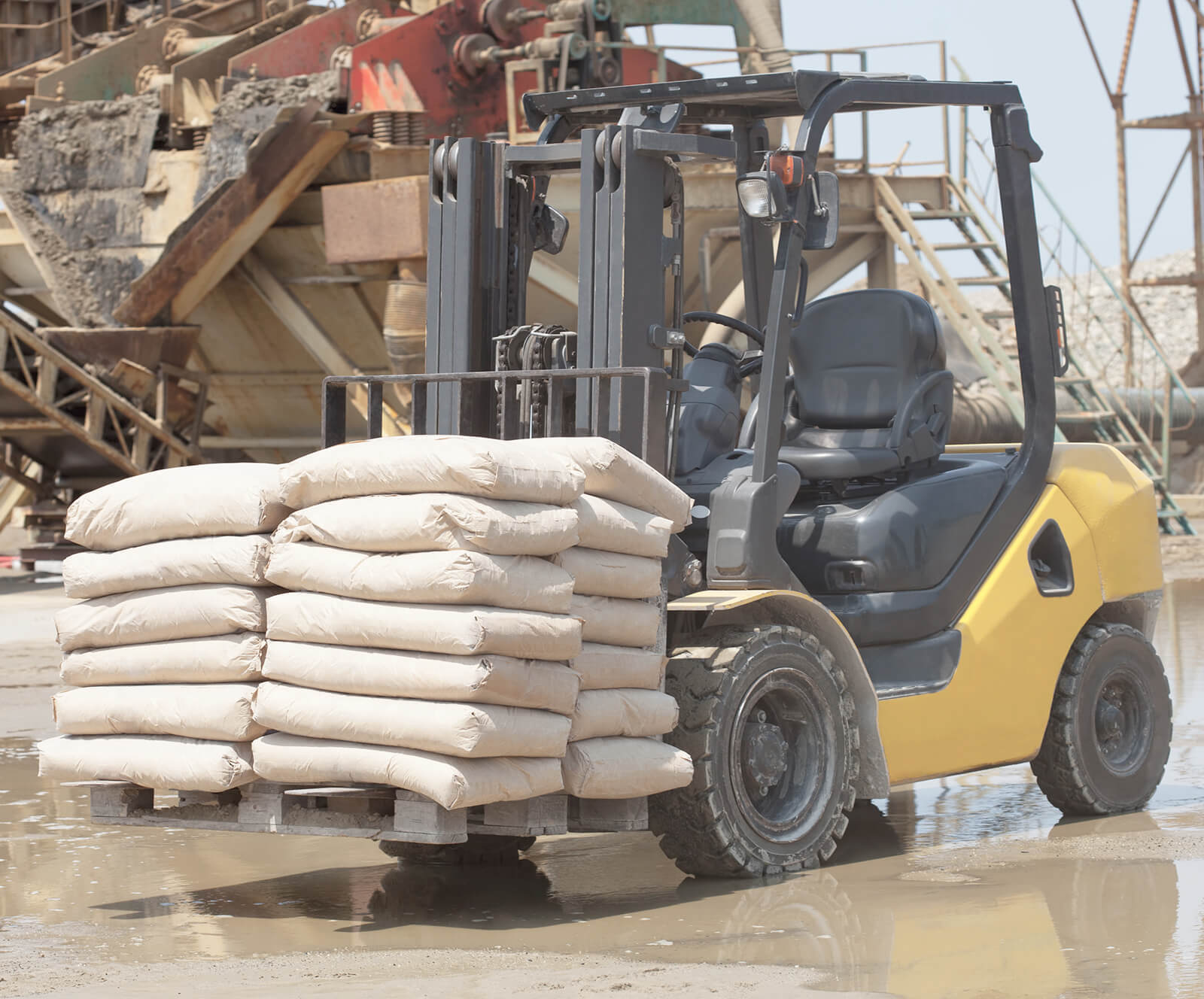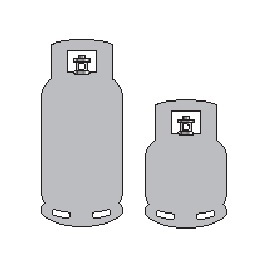LPG gas
Liquid petroleum gas (LPG) is a widely used fuel gas

C3H8
LPG has a wide variety of applications from heating to transportation fuel.

| Size | Volume / kg | Type | Availability |
|---|---|---|---|
| 15 kg | 15 | Forklift | Auckland & Hamilton |
| 19 kg | 19 | Auckland & Hamilton | |
| 20 kg | 20 | Forklift | Auckland & Hamilton |
| 27 kg | 27 | POL Valve | Auckland & Hamilton |
| 45 kg | 45 | Auckland & Hamilton | |
| 45 kg | 45 | Liquid Withdrawal | Auckland & Hamilton |
| Appearance | Odour | Flammability |
|---|---|---|
| AppearanceColourless gas | OdourOdourless | FlammabilityFlammable |
2.1
 Flammable Gas 2.1
Flammable Gas 2.1
Contact our professional team for questions about products, pricing, creating an account & more.
Customers with an account can purchase direct delivery from Coregas, or through our national depot network. You can also purchase LPG gas through our independent distribution partners including Bunnings for our Trade N Go range. Click here for our store locator.
Coregas account customers can choose their preferred method to place an order. Coregas offers online ordering via our website or app, our Australian call centre as well as through fax or email.
LPG gas bottles and cylinders should be stored upright, in a well ventilated location that is well away from any potential sources of heat or ignition. As a flammable gas, it is important to take sensible precautions when storing LPG gas in your home or commercial premises.
For up-to-date prices on specific cylinder sizes and order quantities, please get in touch with us by phone, email or fax. If you are planning to order from a local distributor, you can, of course, call and speak to them instead.
How long a single tank of LPG lasts is dependent on what type of equipment you are using it to power and how often that equipment is used. If, for example, you use it to power a medium-sized BBQ grill, you can expect around 18-20 hours of grilling from a 9 KG gas cylinder.
LPG gas in Australia and New Zealand is primarily propane, but may also contain a mixture of butane, isobutane and ethane.
In common with acetylene, LPG can be used for gas cutting but it’s important to note that with liquified petroleum gas, it is the outer cone of the flame that is the hottest. This is in contrast to an acetylene flame, in which the majority of the heat is located in the inner cone. With this in mind, you should hold an LPG flame further away from the metal surface.
You can either weigh your bottle (and subtract the dry weight) or pour water down the outside and feel where it gets cold after a few seconds. This will indicate the current gas level.